转录组分析(三)--GO及KEGG富集分析及可视化(包括条形图及气泡图)(对差异基因的可视化)
3个月前 (02-01)
0 点赞
0 收藏
0 评论
5 已阅读
您是不是想找:基因检测的费用大概多少钱基因检测主要是检测什么基因突变导致的发育迟缓能治好吗基因检测对肿瘤治疗的作用与意义基因突变是什么原因引起的基因突变是什么意思基因筛查主要筛查什么基因检测哪家机构最好基因检测和靶向治疗是怎么回事基因检测的作用与意义
#### 安装包
install.packages("BiocManager")
BiocManager::install(version = "3.13")
BiocManager::install("gprofiler2")
BiocManager::install("clusterProfiler")
BiocManager::install("AnnotationHub")
BiocManager::install("org.Bt.eg.db")
GO分析(上下调基因分开做,可用于BP,CC,MF分开画图)
## 方法2:下载到本地加载,每次使用上传,(推荐)
library(AnnotationDbi)
setwd("D:/生信/sheep.db")
sheep.db <- AnnotationDbi::loadDb('org.Ovis_aries.eg.sqlite')
columns(sheep.db)
## 牛
library(AnnotationDbi)
setwd("D:/生信/cattle.db")
bos.db <- AnnotationDbi::loadDb('org.Bt.eg.db.sqlite')
columns(bos.db)
#读取基因列表文件中的基因名称
genes <- read.table('GENEID.txt', header = T, stringsAsFactors = FALSE,sep = '\t')
library("org.Bt.eg.db")
library(clusterProfiler)
#GO富集分析,上下调分开做
#对于加载的注释库的使用,以上述为例,就直接在 OrgDb 中指定人(org.Hs.eg.db)或绵羊(sheep)
enrich.go <- enrichGO(gene = genes$V1, #基因列表文件中的基因名称
OrgDb = "org.Bt.eg.db", #指定物种的基因数据库
keyType = 'SYMBOL', #指定给定的基因名称类型,例如这里以 SYMBOL 为例
ont = 'CC', #可选 BP、MF、CC,也可以指定 ALL 同时计算 3 者
pAdjustMethod = 'BH', #指定 p 值校正方法
pvalueCutoff = 1, #指定 p 值阈值,不显著的值将不显示在结果中
qvalueCutoff = 1 #指定 q 值阈值,不显著的值将不显示在结果中
)
# 例如上述指定 ALL 同时计算 BP、MF、CC,这里将它们作个拆分后输出
BP <- enrich.go[enrich.go$ONTOLOGY=='BP', ]
CC <- enrich.go[enrich.go$ONTOLOGY=='CC', ]
MF <- enrich.go[enrich.go$ONTOLOGY=='MF', ]
write.table(as.data.frame(BP), 'HUgo.BP.txt', sep = '\t', row.names = FALSE, quote = FALSE)
write.table(as.data.frame(CC), 'HUgo.CC.txt', sep = '\t', row.names = FALSE, quote = FALSE)
write.table(as.data.frame(MF), 'HUgo.MF.txt', sep = '\t', row.names = FALSE, quote = FALSE)
GO分析(上下调一起做,强烈推荐,可以看整体结果,并可选取其中的部分画图)
#up及down基因的合并处理
gene_down <- read.table('up_gene.txt', header = T, stringsAsFactors = FALSE,sep = '\t')
gene_up <- read.table('down_gene.txt', header = T, stringsAsFactors = FALSE,sep = '\t')
# 转基因ID
library(clusterProfiler)
deg.up.gene <- bitr(gene_up$x, fromType = "SYMBOL", toType = "ENTREZID", OrgDb = bos.db)$ENTREZID
deg.down.gene <- bitr(gene_down$x, fromType = "SYMBOL", toType = "ENTREZID", OrgDb = bos.db)$ENTREZID
# 将up 和 down基因合并到一个表格
deg.ei.ls <- list(up = deg.up.gene, down = deg.down.gene)
# GO
library("org.Bt.eg.db")
GO.cmp <- compareCluster(deg.ei.ls,
fun = "enrichGO",
qvalueCutoff = 0.1,
pvalueCutoff = 0.01,
pAdjustMethod = 'BH',
ont = 'BP', #可选 BP、MF、CC,也可以指定 ALL 同时计算 3 者,建议分开做输出,默认按照pvalue升序排列的
OrgDb = "org.Bt.eg.db")
write.table(GO.cmp@compareClusterResult,'GO-up-down.txt',sep = '\t',quote = F)
GO 条形图(上下调一起,不过BP,CC,MF等需要分开做)
library(ggplot2)
library(ggsci)
ddf<-read.table('GO-up-down.txt',header = T,sep = '\t')
dat=ddf
dat$Cluster = ifelse(dat$Cluster =='up',1,-1)
dat$pvalue = -log10(dat$pvalue)
dat$pvalue <- dat$pvalue*dat$Cluster
dat=dat[order(dat$pvalue,decreasing = F),]
ggplot(dat, aes(x=reorder(Description,order(pvalue, decreasing = F)),
y=pvalue,fill=Cluster)) +
geom_bar(stat="identity",width = 0.78,position = position_dodge(0.7)) +
scale_fill_gradient(low="#3685af",high="#af4236",guide = FALSE)+
scale_x_discrete(name ="GO Terms") +
#scale_y_discrete(labels =Description )
scale_y_continuous(name ="-log10Pvalue",expand = c(0,0)) +
coord_flip() + # 翻转坐标
theme(panel.grid.major.y = element_blank(),panel.grid.minor.y = element_blank())+ #删除纵向网络
theme(axis.text.y = element_blank())+ #刻度标签空白
theme(axis.ticks = element_blank())+ #刻度为空白
theme(panel.border = element_blank())+ #边框为空白
theme(axis.text=element_text(face = "bold",size = 15),
axis.title = element_text(face = 'bold',size = 15), #坐标轴字体
plot.title = element_text(size = 20,hjust = 0.3),
legend.position = "top",panel.grid = element_line(colour = 'white'))+
geom_text(aes(label=Description),size=3.5,hjust=ifelse(dat$pvalue>0,1.5,-0.5))+ # 两侧加上标签文字
ggtitle("The most enriched GO-BP terms") # 添加标题
GO气泡图(可上下调一起做,也不用将BP,CC,MF分开,最好选择适当数量)
从这位老哥那里薅过来的,这里是原文链接(https://blog.csdn.net/sweet_yemen/article/details/125457274)
# 富集气泡图
# BiocManager::install("openxlsx")
library(ggplot2)#这个是一个非常厉害的绘图R包
library(openxlsx)#这个包是用来导入格式为XLSX的数据的
goinput <- read.xlsx("go-barplot.xlsx")#载入GO富集分析的结果文件
# 这里强调一下富集后的GeneRatio是以n/n这种形式的,需要换成小数形式,在excel中使用=--("0 "&A1)
# A1代表对应的单元格
# 设置XY轴
x=goinput$GeneRatio#设置以哪个数据为X轴
y=factor(goinput$Description,levels = goinput$Description)#设置Y轴
# 绘制画布
p = ggplot(goinput,aes(x,y))#开始以X轴和Y轴绘制画布
p#这里可以查看一下绘制的程度了,学代码时多看看每个新的对象有助于理解代码
#绘图,大概的意思是,又设置了除XY轴数据(Ratio,GOterm)之后又设置了三个维度的数据。
#三个数据分别是以count为点的大小,以颜色的由嫩绿到深粉红代表P值的对数值,以点的性状代表GO类型(MF,CC,BP)
p1 = p + geom_point(aes(size=Count,color=-0.5*log(pvalue),shape=ONTOLOGY,))+
scale_color_gradient(low = "SpringGreen", high = "DeepPink")
p1
#添加各类标签
p2 = p1 + labs(color=expression(-log[10](pvalue)),
size="Count",
x="Ratio",
y="Go_term",
title="Go enrichment of test Genes")
p2
KEGG, 上下调一起做(适合看上下调整体的结果)
#up及down基因的合并处理
gene_down <- read.table('up_gene.txt', header = T, stringsAsFactors = FALSE,sep = '\t')
gene_up <- read.table('down_gene.txt', header = T, stringsAsFactors = FALSE,sep = '\t')
# 转基因ID
library(clusterProfiler)
deg.up.gene <- bitr(gene_up$x, fromType = "SYMBOL", toType = "ENTREZID", OrgDb = bos.db)$ENTREZID
deg.down.gene <- bitr(gene_down$x, fromType = "SYMBOL", toType = "ENTREZID", OrgDb = bos.db)$ENTREZID
# 将up 和 down基因合并到一个表格
deg.ei.ls <- list(up = deg.up.gene, down = deg.down.gene)
library(clusterProfiler)
R.utils::setOption("clusterProfiler.download.method",'auto') ##一定要用这个,不然报错别怪我哦
kegg.cmp <- compareCluster(deg.ei.ls,
fun = "enrichKEGG",
qvalueCutoff = 1,
pvalueCutoff = 1,
pAdjustMethod = 'BH',
organism = "bta")
dotplot(kegg.cmp)
write.table(kegg.cmp@compareClusterResult,'kegg-up-down.txt',sep = '\t',quote = F)
kegg, 上下调分开做(适合画图)
library(clusterProfiler)
genes <- read.table('txt', header = T, stringsAsFactors = FALSE,sep = '\t')
covID <- bitr(genes$V1, fromType = "SYMBOL",
toType="ENTREZID",OrgDb= bos.db , drop = TRUE) # 转换为entrezID,KEGG只识别这种ID,报错请检查自己输入的文件,对自己的代码有自信
write.table(covID,'ENTREZID-up.txt',sep = '\t',quote = F) # 写出去保存,也可以不保存,看个人需求
#每次打开R计算时,它会自动连接kegg官网获得最近的物种注释信息,因此数据库一定都是最新的
search_kegg_organism("taurus", by="scientific_name") # 寻找对应动物的organism
R.utils::setOption("clusterProfiler.download.method",'auto') ##一定要用这个,不然报错别怪我
enrich_kegg <- enrichKEGG(gene = covID$ENTREZID, # 基因列表文件中的基因名
organism = 'bta', # 指定物种,牛为bta
keyType = 'kegg', # kegg富集
pAdjustMethod = 'BH', # 指定矫正方法
pvalueCutoff = 1, # 指定p值阈值,不显著的值将不显示在结果中
qvalueCutoff = 1) # 指定q值阈值,不显著的值将不显示在结果中
#输出结果
write.table(enrich_kegg@result,'kegg-down.txt',quote = F,sep = '\t')
KEGG富集气泡图(上下调分开做推荐)
library(ggplot2)
dotplot(enrich_kegg,
showCategory = 15,#展示前15个点,默认为10个
color = 'pvalue',
title = "kegg_dotplot")
KEGG富集条形图
barplot(enrich_kegg,
showCategory = 15,#展示前15个点,默认为10个
color = 'pvalue',
title = "kegg_dotplot")


































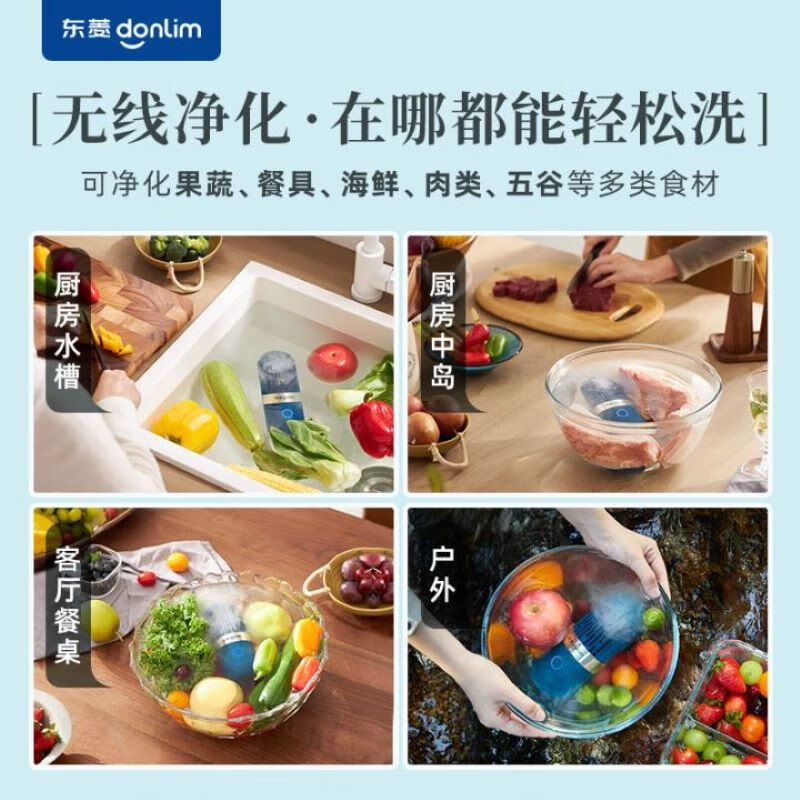

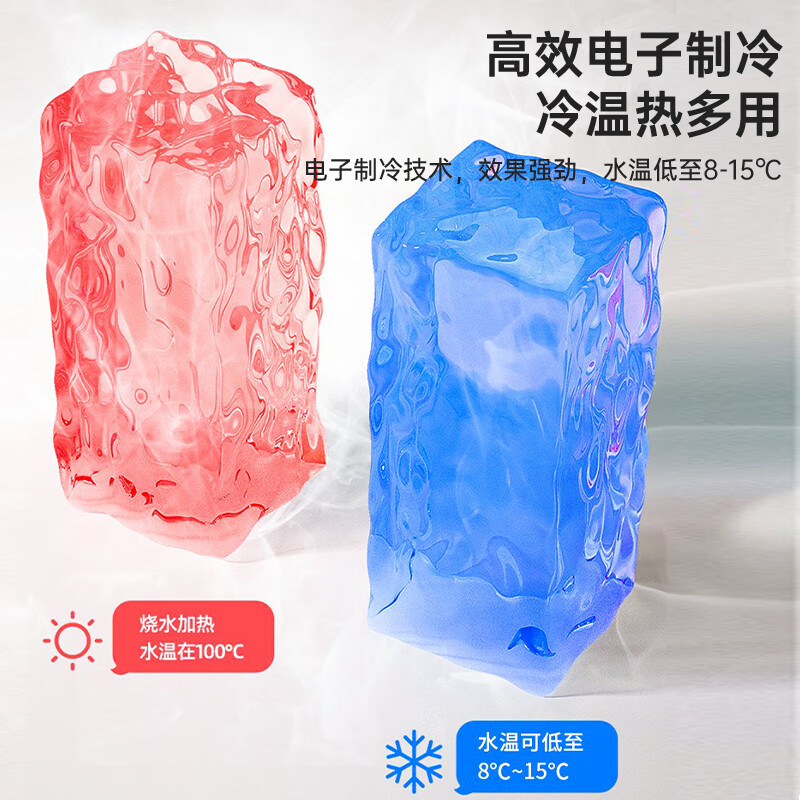

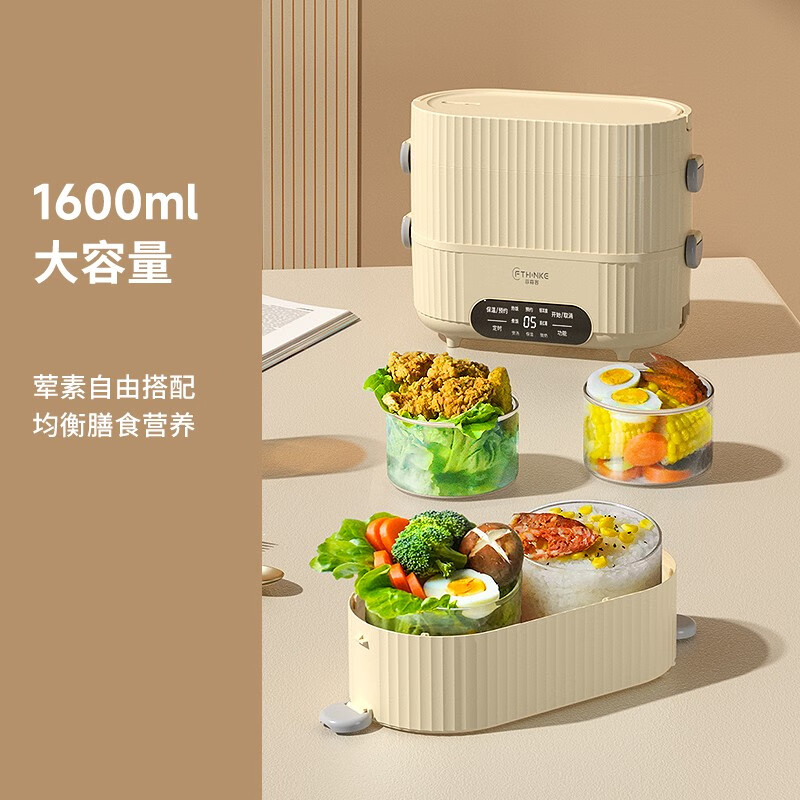
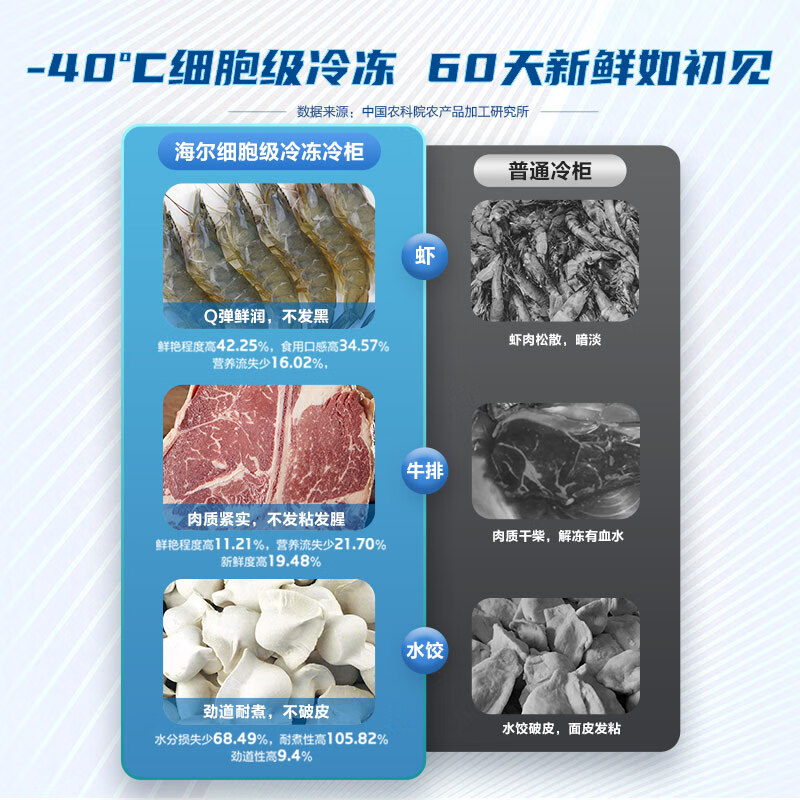

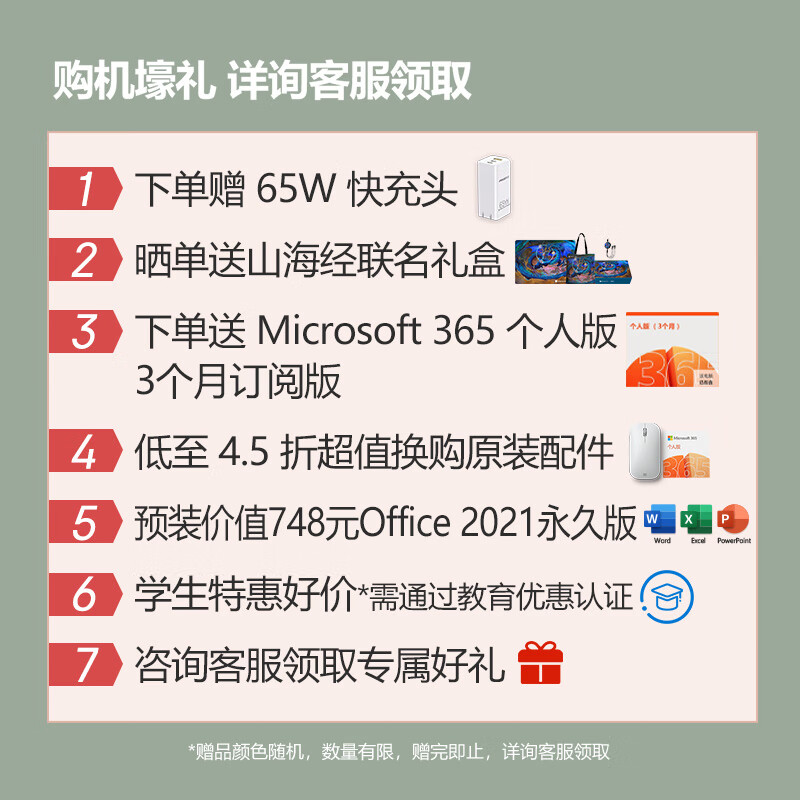
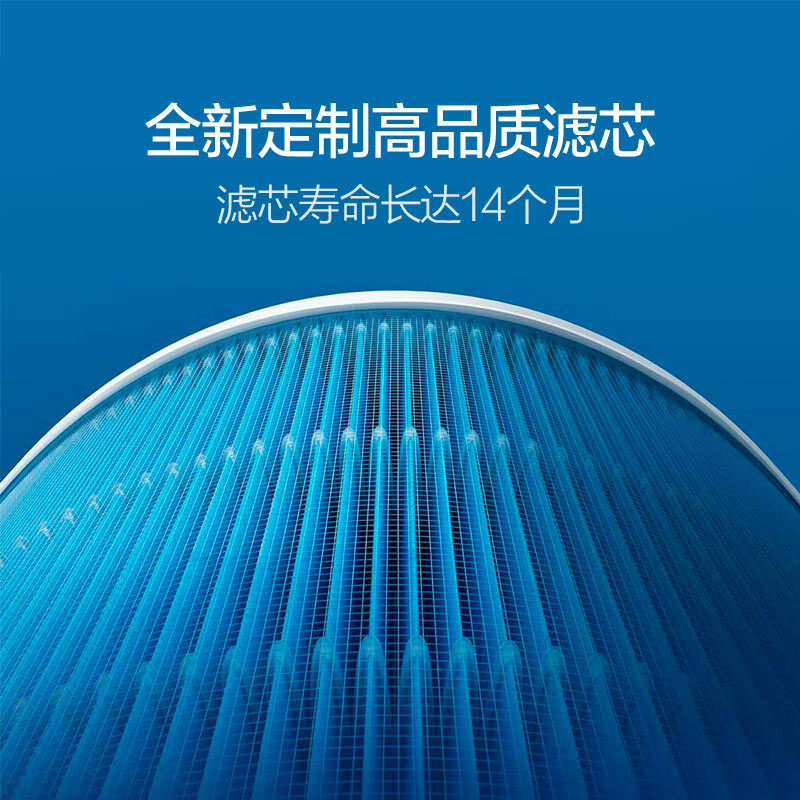
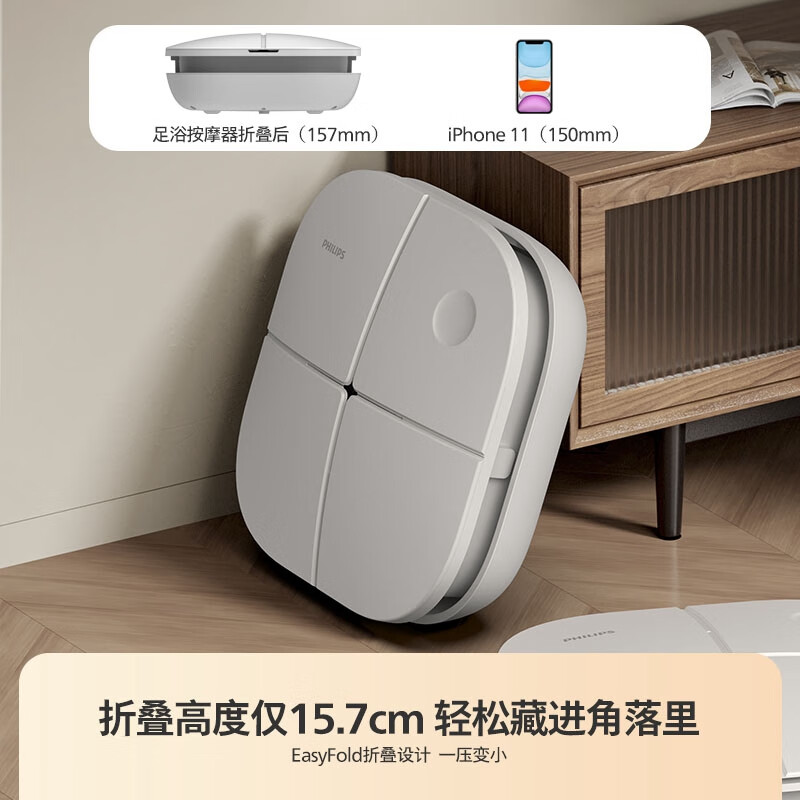
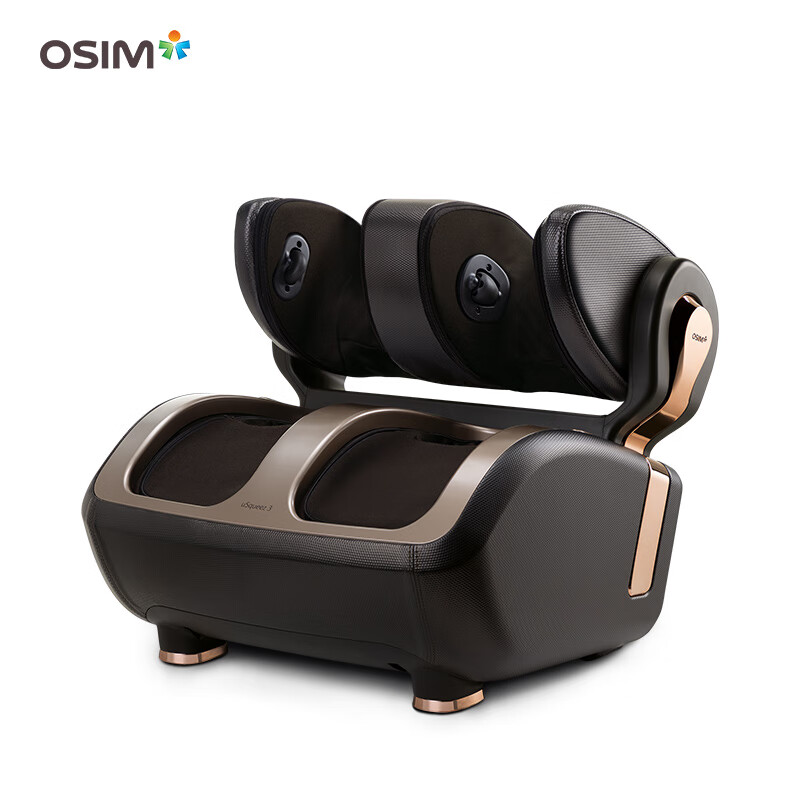










还没有任何评论,你来说两句吧